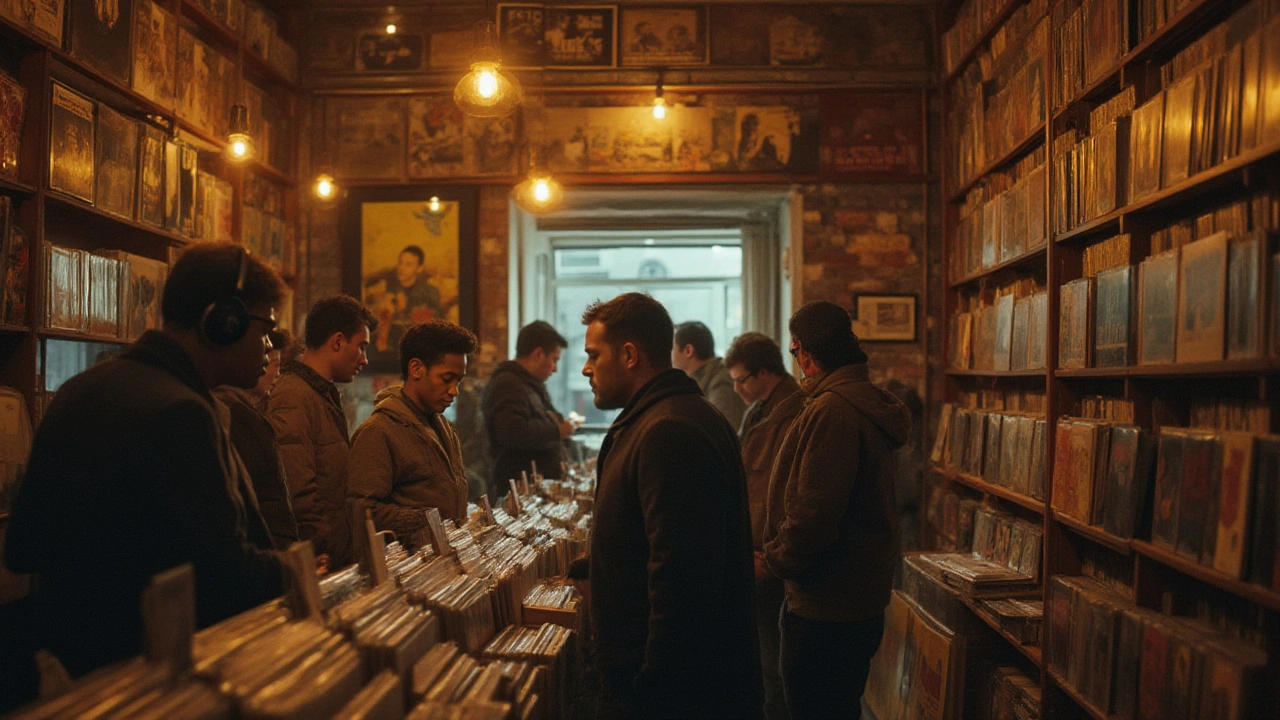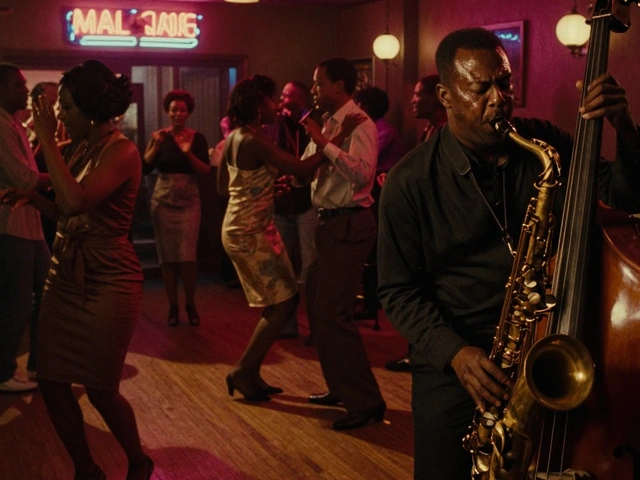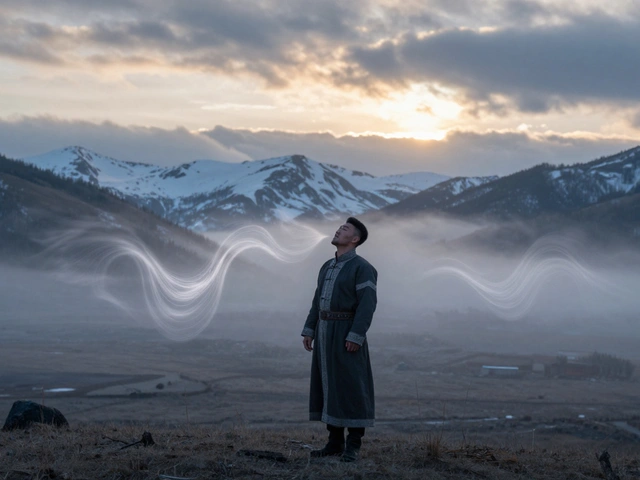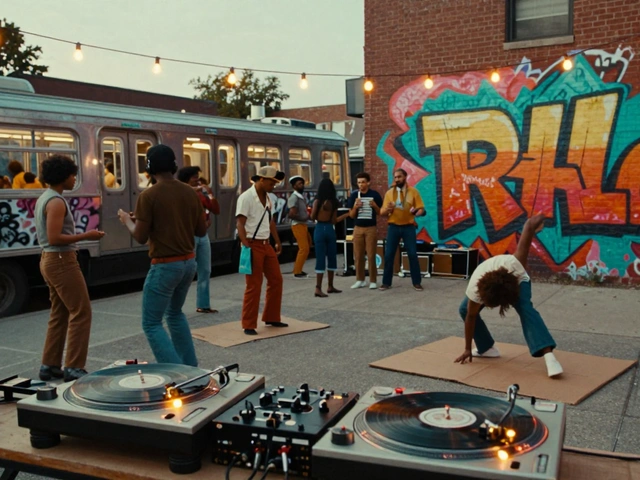It’s wild to think that a sound born from struggle, sweat, and raw emotion could end up shaping the face of modern music. But that’s exactly what blues did. You can walk into a club in Memphis or flick on the radio in Tokyo and there it is—that guitar twang, those gravelly vocals, the feeling of honest, relatable pain and hope. You don’t have to be a blues musician to get swept up in it; you just need open ears and a willingness to let the music soak into you.
The Roots and Soul of Blues Music
If you trace music back through American history, you’ll find blues at the crossroads. Born in the Deep South in the late 19th century, blues was, and still is, a way to tell stories that might hurt too much to just speak out loud. It started as a folk tradition, with sharecroppers and field workers singing to pass the long, hot days. By the early 1900s, you’d hear the blues drifting through Mississippi cotton fields—simple lyrics, a repeating chord pattern, and that unmistakable 12-bar structure. It probably sounded like magic when you first heard it.
Blues isn’t just old-timey music, though. Its DNA is built right into rock, jazz, R&B, and hip hop. Artists from B.B. King to Beyoncé have called out their blues roots. Ever wondered why so many songs cling to themes of loss, heartbreak, and hope? It’s the blues influence weaving through. By the way, in a 2023 poll by the Smithsonian Magazine, 64% of musicians said blues had the biggest impact on modern songwriting. That's no small deal.
One of the things people sometimes miss: blues is constantly evolving. Musicians have been breaking the rules, bending notes, adding their own twist on classic forms since the earliest days. Skip James had that haunted, high-pitched sound. Muddy Waters brought a big city vibe to Chicago blues. Stevie Ray Vaughan mixed jaw-dropping guitar with his Texas roots. The spirit is the same—honesty, grit, and soul—but every generation pushes the style one step further.
If you want an authentic taste, start with the legends. Blind Lemon Jefferson recorded his first single in 1925, and his guitarwork is still sampled today. Listen to “Boom Boom” by John Lee Hooker, and you’ll get the relentless, hypnotic vibe that made him a crowd favorite. Koko Taylor, the Queen of the Blues, roared her way through clubs for decades and proved the blues isn’t just a man’s game. And don't skip over Robert Johnson, whose “Cross Road Blues” is the stuff of music folklore—his eerie, urgent lyrics still echo. Did you know Eric Clapton once said,
“If you want to play blues, listen to Robert Johnson. There’s a whole lifetime’s worth in those recordings.”
If you’re into numbers, here’s something cool: by 2025, the U.S. Library of Congress archive has over 1,800 hours of blues recordings, some dating back over 100 years.
Why Blues Hits Harder Than Other Genres
There’s just something about blues that cuts deeper the more you listen. Unlike highly-produced pop, every note feels close to the bone. It’s the imperfections—the jagged guitar bends, the gravel in the singer’s voice—that make it real. Blues lyrics don’t sugarcoat anything. They talk about trouble, love gone wrong, long roads, empty pockets, but always from a place of “yeah, I’ve been there too.”
Take “The Thrill Is Gone” by B.B. King. The lyrics aren’t flashy—just honest. That’s why people come back to blues over and over. It’s the original playlist for hard times and small victories. In fact, a 2022 survey published by the British Psychological Society showed that listening to blues music actually helps people process negative emotions and boosts emotional resilience over time.
Another reason blues stands out? The call-and-response style. Instead of just telling a story, blues invites you in to answer back. Early blues was performed on front porches and in tiny juke joints, where the energy was all about connection. You didn’t just watch—you participated, shouted, sang, clapped. That tradition lives on even in giant festivals today. The communal vibe keeps the genre alive and raw.
The guitar gets a lot of love in blues, but don’t overlook the harmonica, also called the “Mississippi saxophone.” Little Walter was the master, bringing a gritty, wailing sound that could go toe-to-toe with any guitar solo. Even now, the harmonica is a crowd-pleaser, adding a rawness that’s tough to match.
Of course, blues isn’t just American anymore. The British Blues Boom of the 1960s brought names like Eric Clapton, the Rolling Stones, and Fleetwood Mac onto the scene. They took what was a deeply American form and spread it all over the world. Ironically, as the British embraced blues, American audiences rediscovered their own musical roots.
Here’s a quick peek at how the blues reached mainstream music using a few key milestones:
| Year | Milestone |
|---|---|
| 1920 | Mamie Smith records "Crazy Blues," first blues record by a Black female artist |
| 1949 | Muddy Waters plugs in, launching "Chicago Blues" electric revolution |
| 1964 | B.B. King headlines at the Royal Albert Hall, cementing blues’ place on global stages |
| 1983 | Stevie Ray Vaughan electrifies blues, inspiring a new generation |
| 2020 | Blues artists rack up over 100 million streams on Spotify |
If you listen closely, you’ll hear echoes of these milestones in songs you already love—maybe without even realizing it.
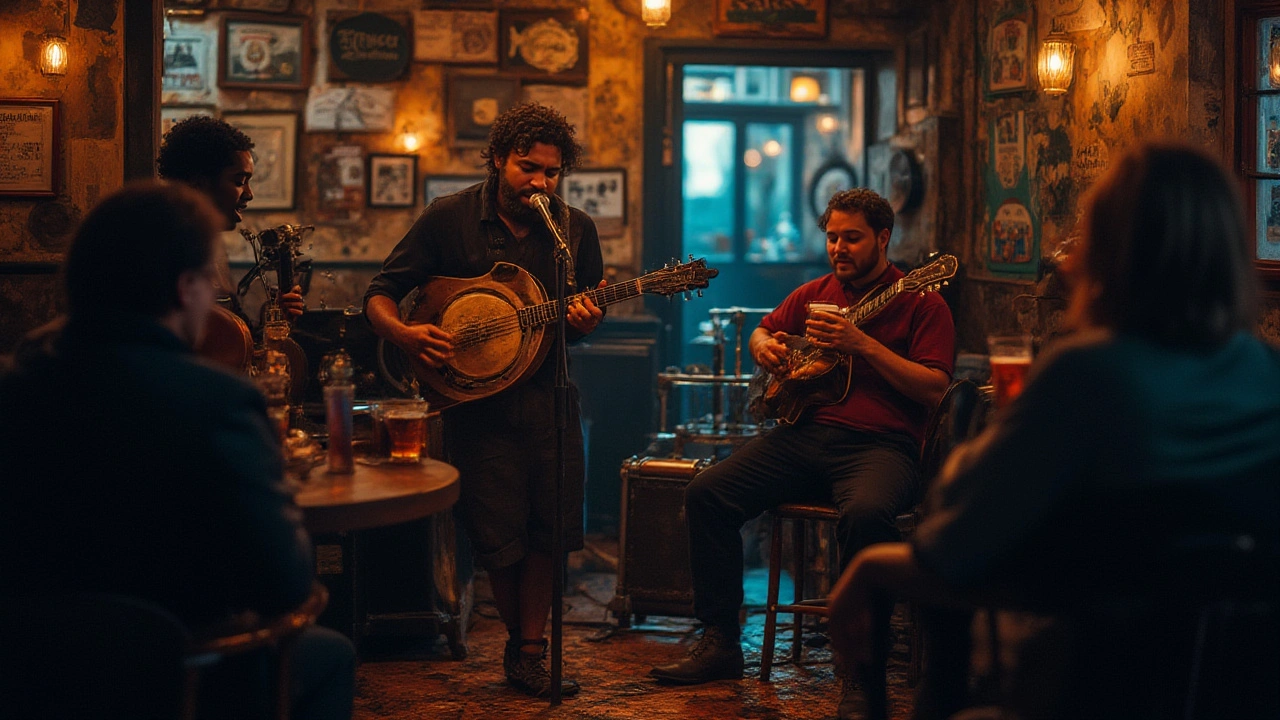
Getting Fully Immersed: Tips for Experiencing Blues
It’s one thing to put on a playlist, but you’ll really feel the blues music when you make it part of your life. First, don’t just stream the chart-toppers—go hunting for live recordings. Look up muddy club performances from the 1960s, or dive into acoustic backyard jams found on YouTube. The more unfiltered, the better. Nothing feels quite like those imperfect live takes; the occasional missed note, the laughter between verses, the spontaneous solos that come out of pure feeling.
If you’re curious, try learning the basics on guitar or harmonica yourself. The 12-bar blues pattern is famous for being easy to pick up, but tough to master. Grab a cheap harmonica and play along with classic tracks—no need to sound good right away. Even if you’re just humming along, that’s how so many blues musicians started before they ever recorded a single note.
Make a pilgrimage—virtual or real—to one of the original blues hotspots. Memphis’ Beale Street, Chicago’s South Side, or even Clarksdale, Mississippi, where you might catch street musicians giving impromptu shows. Can’t hop on a plane? Tons of amazing live streams are out there. Try watching the Chicago Blues Festival online or tuning in to historic juke joint concerts. Seeing the sweat, the crowd’s faces, hearing the banter—it’s the next best thing to being there in person.
Give your ears a break from digital perfection. Listen on vinyl if you can, or try old radio recordings, where the crackle and warmth make even new listeners feel like they’re sitting in a smoky bar. Some say this adds a whole new layer to the experience—like adding a little extra salt to your food. If you don’t own a record player, check out digital “crackle” filters or curated playlists on streaming sites that feature vintage sound.
One trick: read the lyrics while you listen. Notice how simple, even childlike, some lines are. Yet paired with that melody, they hit home. Blues artists make a lot out of a little. It’s about the delivery, not just the words. Trying to write a verse of your own can really deepen your appreciation—even if you never sing it to anyone.
Don’t be shy about sharing your love of blues, either. There are thriving online forums and local blues societies where beginners and diehard fans swap song recommendations, debate the best guitarists, and share rare performances. It’s a surprisingly welcoming community. Check out “The Blues Foundation” forums or join a live Q&A with contemporary blues artists on Instagram Live. Chances are, you’ll make a few new friends along the way.
Honestly, the more you let blues mix into your daily routine, the more its stories start to connect with yours. Play a blues track when you’re driving home after a rough day. Put on a classic album while you cook dinner. Pretty soon, the music you once thought was old-fashioned feels like a close friend.
Keeping the Blues Alive: Supporting Artists, Festivals, and the Next Wave
Blues keeps reinventing itself, and the best way to support it is by showing up—physically or virtually. Love live music? Track down local gigs and festivals. Even small towns often have their own yearly blues weekends, and bigger cities host massive gatherings like the Chicago Blues Festival and the New Orleans Jazz & Heritage Fest. Don’t just watch from the sidelines; dance, cheer, strike up conversations with other fans. Artists notice that energy.
If you’re up for something more hands-on, volunteer or donate to organizations that promote blues education in schools. Groups like “Blues In The Schools” make sure the next generation learns more than just pop music. They bring seasoned performers into classrooms and get kids experimenting with rhythm and songwriting in a way textbooks never could.
Streaming is a double-edged sword for blues artists. Sure, it’s made the music more accessible, but it also pays musicians next to nothing per play. If you find someone new you love, grab their album or order merch directly from their site. A $15 shirt or CD can make all the difference for independent blues musicians compared to a fraction of a penny from a stream.
Support women and underrepresented artists in blues, too. The genre’s changing, and its future looks a lot broader than its past. Names like Shemekia Copeland, Fantastic Negrito, and Christone “Kingfish” Ingram are shaking up the scene with new perspectives and jaw-dropping talent. The more you explore, the more new favorites you’ll discover.
Want to bring the vibe home? Try hosting a blues night for friends. Spin old records, screen a live concert film, or just share a bottle of whiskey and talk about the songs. Nothing fancy—just the joy of hearing real music with real people.
One thing’s for sure: blues is timeless. Maybe you heard it as a kid riding in the back of your granddad’s truck or maybe you stumbled onto it in a movie soundtrack. Once the blues grabs you, it doesn’t really let go. There’s always something new to dig into—another riff to learn, another story to feel. And every time you hit play, you’re connecting with musicians, fans, and history stretching back farther than you might think.

